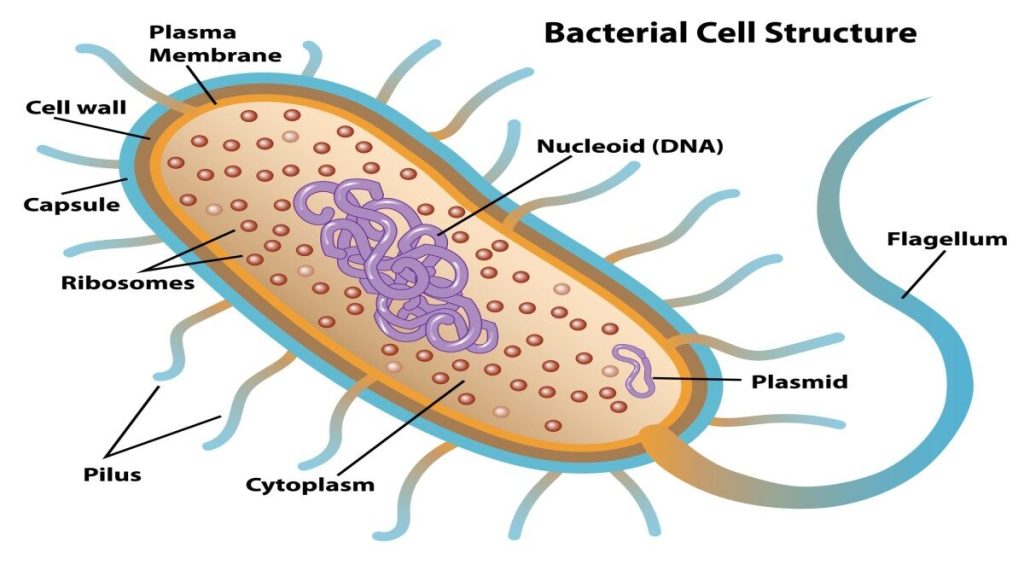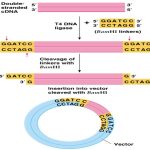Essentially, plasmids are small, circular molecules of DNA that are capable of replicating independently. As such, they do not rely on chromosomal DNA of the organism for replication. Because of this characteristic, they are also referred to as extra-chromosomal DNA.
Although the molecule was first discovered in a member of the Enterobacteriacae, studies have shown that plasmids are naturally occurring in many types of microorganisms around the world.
* Although there have been debates as to whether plasmids can be regarded as microorganisms, at least using the proposed virus definition, it is worth noting that the term “plasmid” is largely used to refer to genetic elements that exist outside the chromosome (in DNA of the organism) and are capable of replicating independently.
Structure
With regards to structure, plasmids are made up of circular double chains of DNA. The circular structure of plasmids is made possible by the two ends of the double strands being joined by covalent bonds. The molecules are also small in size, especially when compared to the organisms’ DNA, and measure between a few kilobases and several hundred kilobases.
Although a good number of plasmids have a covalently closed circular structure, some plasmids have a linear structure and do not form a circular shape.
the strand at which replication begins. For plasmids, this location is largely composed of A-T base pairs that are easier to separate during replication.
Compared to the organisms’ DNA that consists of many origins of replication, plasmids have one of a few origins of replication because they are smaller in size. At the origin of replication, plasmids also contain a number of regulatory elements that contribute to the process (e.g. Rep proteins)
Polylinker (multiple cloning sites) – In plasmid, the polylinker (MCS) is one of the most important parts of the molecule. This is because it allows students to learn more about cloning. Basically, a polylinker is a short sequence of DNA consisting of a few sites for cleavage by restriction enzymes.
As such, MCS allows for easy insertion of DNA through ligation or restriction enzyme digestion. At the site of cleavage, different polylinkers can cut the strand. Therefore, one of the restriction enzymes can cut the plasmid at given points of the sire to allow for DNA insertion.
Antibiotic resistance gene – The antibiotic resistance gene is one of the main components of plasmids. These genes play an important role in drug resistance (to one or more antibiotics) thus making treatment of some diseases more challenging.
Plasmids are today known for their ability to transfer from one species of bacteria to another through a process known as conjugation (contact between cells that is followed by transfer of DNA content). In the process, they are capable of conferring antibiotic resistance properties to other species of bacteria.
* While plasmid replication provides an added advantage to bacteria (resistance to certain antibiotics), it also affects cell division of bacteria due to additional replication burden. As a result, bacteria with plasmids tend to be out populated by those without plasmids due to reduced cell division.
Some of the other components of plasmids include:
A promoter region – This is the component of plasmids that is involved in recruiting transcriptional machinery
Primer binding site – This is a short sequence of DNA on a single strand that is typically used for the purposes of PCR amplification or DNA sequencing
Although plasmids share various general characteristics, there are different types in existence.





Comments are closed